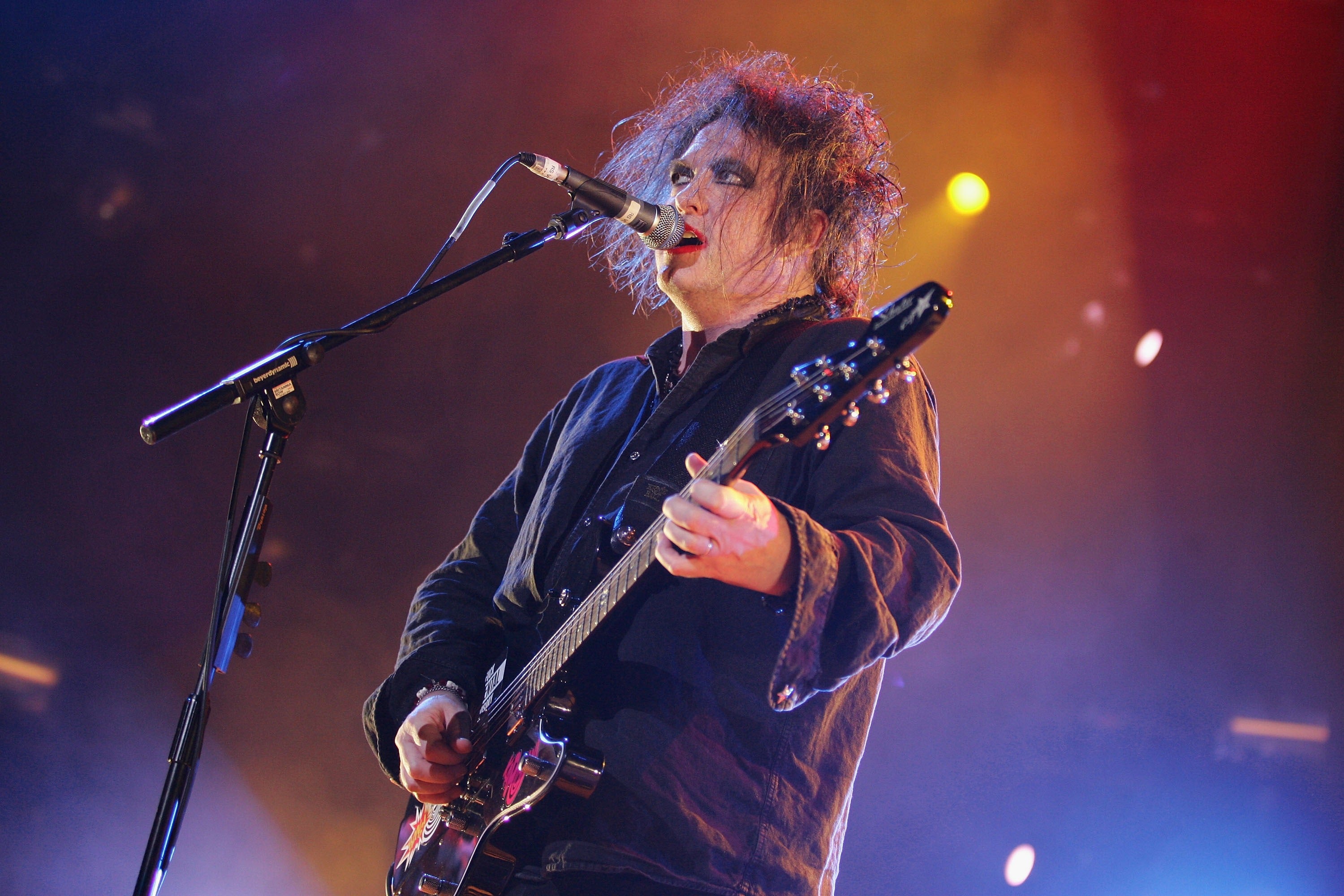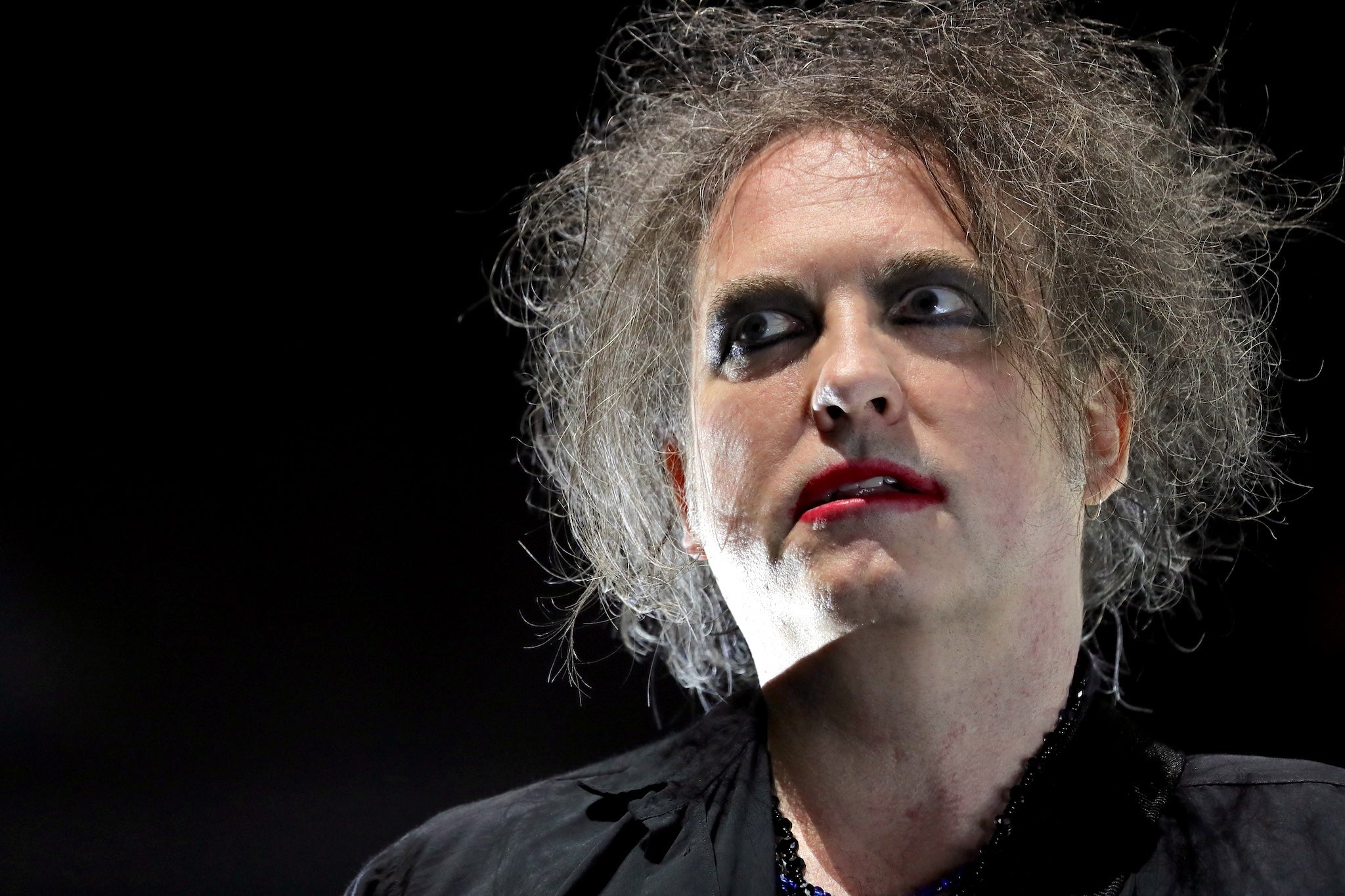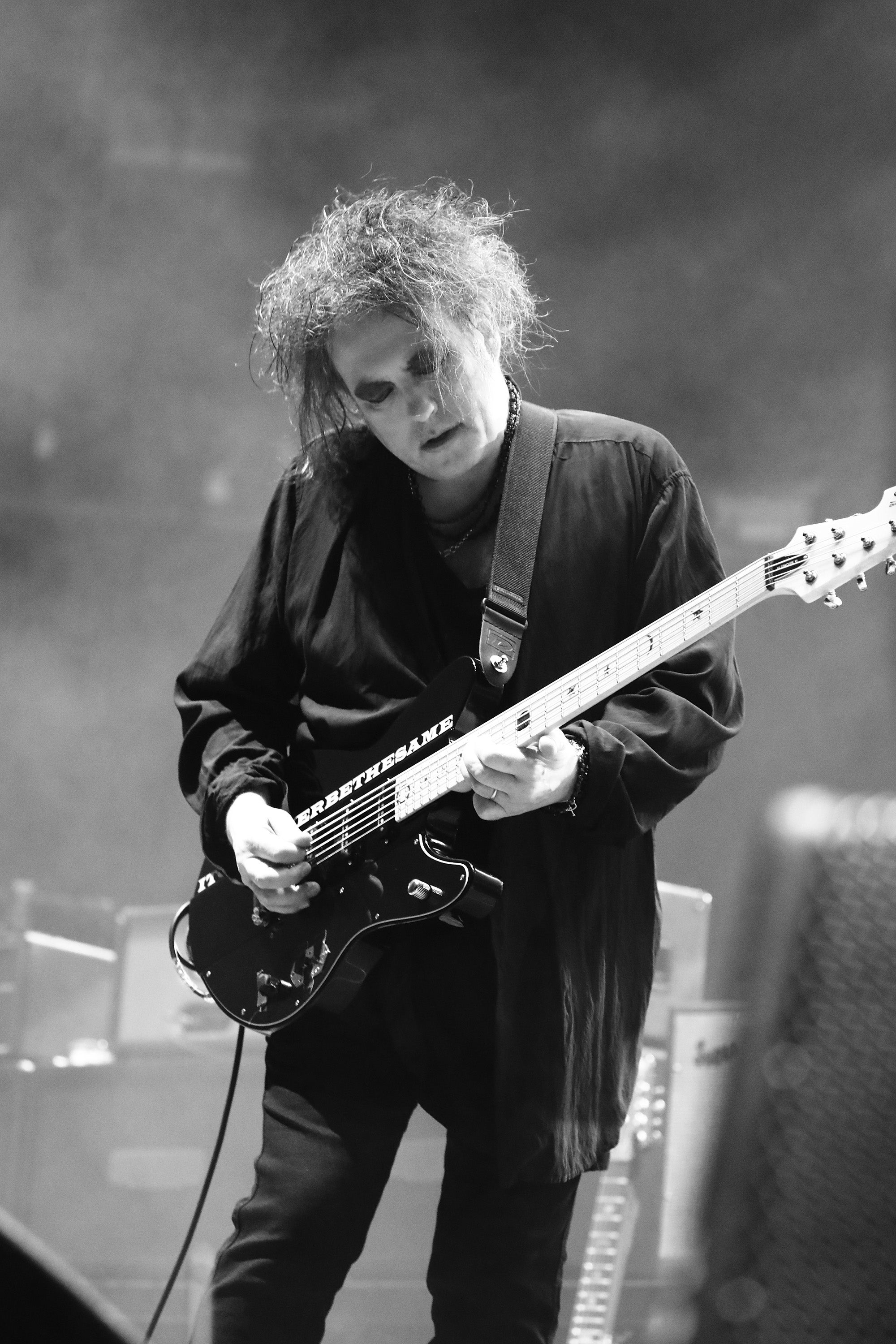The Cure’s nine essential songs, from ‘Push’ to ‘Disintegration’
As the rock pioneers release their first album in 16 years, Mark Beaumont forgoes all singles and picks the best songs spanning a four-decade career

Your support helps us to tell the story
From reproductive rights to climate change to Big Tech, The Independent is on the ground when the story is developing. Whether it's investigating the financials of Elon Musk's pro-Trump PAC or producing our latest documentary, 'The A Word', which shines a light on the American women fighting for reproductive rights, we know how important it is to parse out the facts from the messaging.
At such a critical moment in US history, we need reporters on the ground. Your donation allows us to keep sending journalists to speak to both sides of the story.
The Independent is trusted by Americans across the entire political spectrum. And unlike many other quality news outlets, we choose not to lock Americans out of our reporting and analysis with paywalls. We believe quality journalism should be available to everyone, paid for by those who can afford it.
Your support makes all the difference.Famously, The Cure are that rarest of rock beast: both classic singles band and purveyors of cohesive statement albums. Which makes for one of the richer catalogues, worth a deep dive for lesser celebrated pearls on the occasion of their first new album in 16 years, Songs of a Lost World.
Down here, every fan has their favourite shade and corner. Some will die for the drip-drip new wave minimalism of “10:15 Saturday Night”, others for the ambient gloom of “All Cats Are Grey” or the spacious art-mospheres of “Underneath the Stars”. Here, forswearing all singles cuts, this unashamed lover of Robert Smith’s more melodic moments picks his top nine…
9. “Play For Today”
Neatly bridging the divide between The Cure’s post-punk origins and the proto-gothic atmospherics that would cloak their coming albums, “Play For Today” was solid support for fan favourite “A Forest” on 1980’s Seventeen Seconds. Drenching Jam-like guitars and XTC whines in sepulchral industrial tones, it foresaw not just goth but bits of The Smiths as well.
8. “A Night Like This”
With its glowering guitars and thumping beerhall piano, “A Night Like This” represented the precise midpoint between The Cure’s pop and mood-rock personas, making it a cornerstone of their crossover rebirth with 1985’s The Head on the Door.

7. “Disintegration”
The pick of the moody monoliths stacked up at the back end of Disintegration, the title track rattles through its eight minutes with feverish intent and increasingly desperate desolation. A meltdown in both the personal and thermonuclear sense.
6. “Three Imaginary Boys”
If “10:15 on a Saturday Night” encapsulated the febrile post-punk tension of early Cure, at the other end of their 1979 debut the title track embodied their lip-curled confidence and encroaching darker edges. All moonlit emptiness and gothic fever dream, “Three Imaginary Boys” was the sound of Joy Division trapped in Villa Diodati with Byron and the Shelleys that stormy summer of 1816.
5. “From The Edge of The Deep Green Sea”
And a stormy one at that. The Cure’s penchant for squalling psych-rock exorcisms reached a powerful zenith on this howl from the heart of 1992’s Wish. Almost eight minutes of typhoon rock bereft of flab or indulgence, it was the sound, if we can imagine such a thing, of a funky Kraken.

4. “Trust”
At the end of a long day of celestial strutting, “Plainsong” might have swapped its finery for a lonely onesie and become “Trust”, a lilting loop of maudlin piano and lovelorn devotion that gave Wish its soft centre.
3. “One Hundred Years”
After spending two albums as a faint outline shrouded in mist (Seventeen Seconds and 1981’s Faith), Smith seemed to leap from the murk on the opening track from 1982’s Pornography, shrieking “It doesn’t matter if we all die!” and instantly defining the nihilistic bleakness of the band’s formative “goth era”.

2. “Push”
Alongside “Close to Me” and “In Between Days”, “Push” was the third part of the celebratory pop triptych that carried The Head on the Door into cult legend. Essentially what Blondie would have come up with if they’d decided to write “Union City Black” instead, its influence on the subsequent C86 movement has gone criminally unrecognised.
1. “Plainsong”
The opulent, gilded entrance hall to Disintegration’s grand mausoleum, “Plainsong” hits you like a drug dream. There’s an explosion in a glitter shop, then stately synths lead a bliss-state procession towards one of Smith’s most delicate and poignant lyrics: “Sometimes you make me feel like I’m living at the edge of the world… ‘It’s just the way I smile,’ you said.”
Join our commenting forum
Join thought-provoking conversations, follow other Independent readers and see their replies
Comments